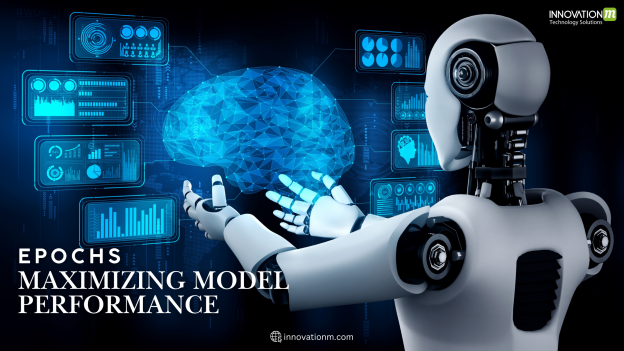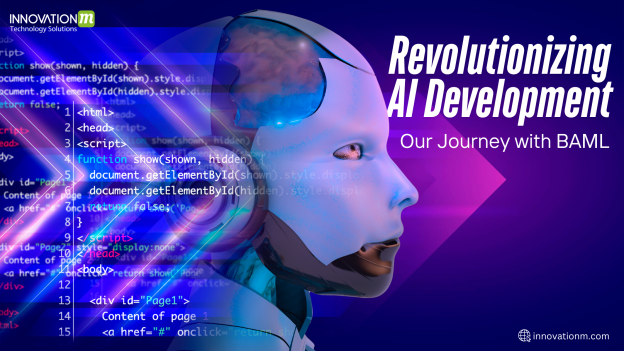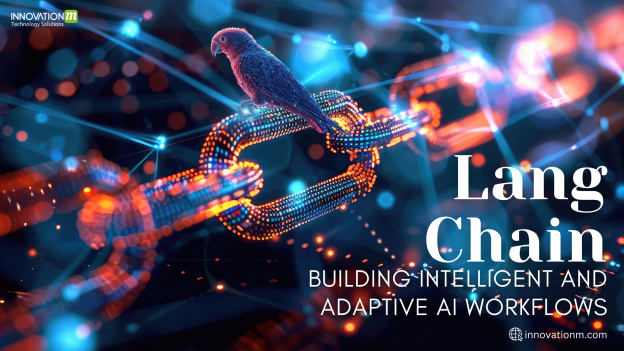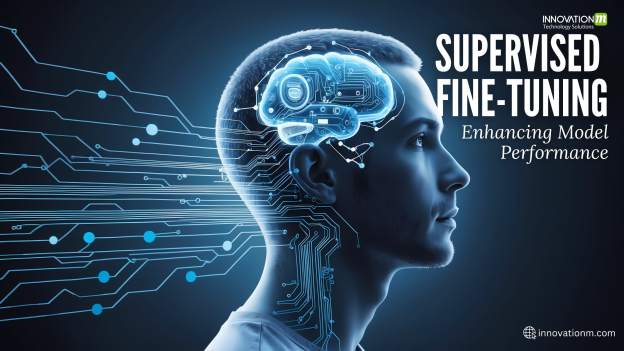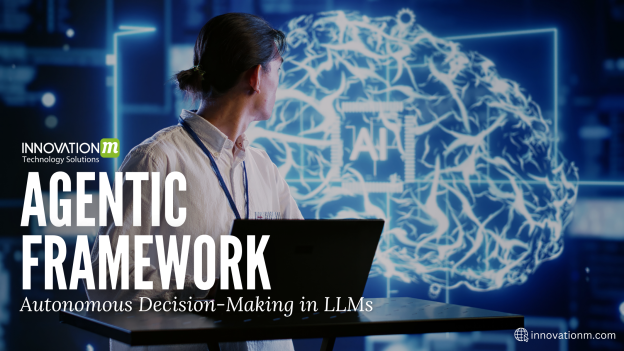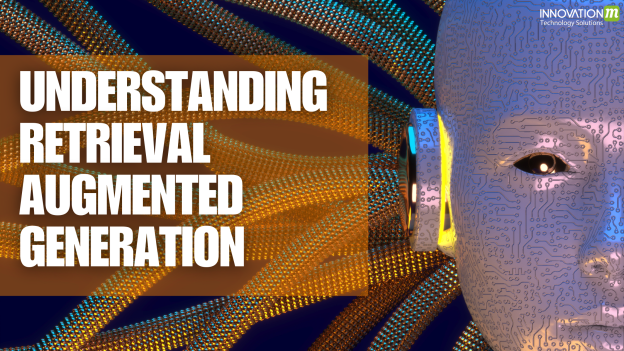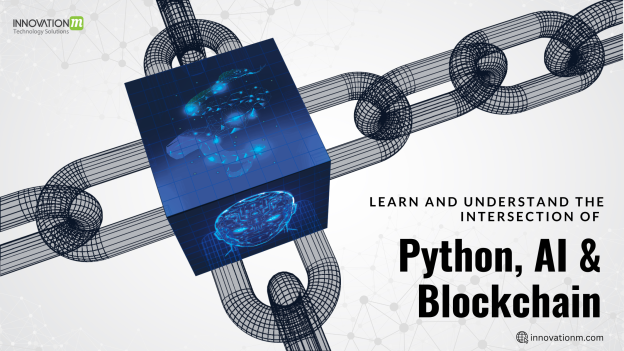
Learn and Understand the Intersection of Python, AI, and Blockchain
In recent years, three technologies have dominated the tech landscape: Python, Artificial Intelligence (AI), and Blockchain. Individually, they have revolutionized industries, but when combined, they unlock unprecedented possibilities. This blog explores the intersection of Python, AI, and Blockchain, highlighting how they complement each other and the opportunities they create for developers and businesses. Why Continue Reading »
 End to End Technology Solutions
End to End Technology Solutions
